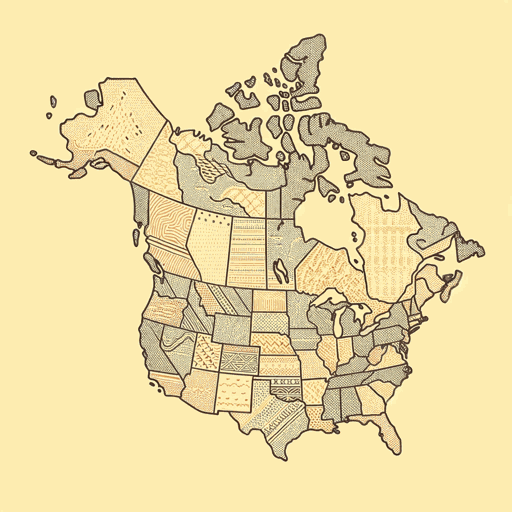61 pages • 2 hours read
Colin WoodardAmerican Nations: A History of the Eleven Rival Regional Cultures of North America
Nonfiction | Book | Adult | Published in 2011A modern alternative to SparkNotes and CliffsNotes, SuperSummary offers high-quality Study Guides with detailed chapter summaries and analysis of major themes, characters, and more.
Part 2Chapter Summaries & Analyses
Part 2: “Unlikely Allies: 1770 to 1815”
Part 2, Chapter 10 Summary: “A Common Struggle”
Woodard characterizes the American Revolution as conservative instead of truly revolutionary, and he also states that it was the action of “a loose military alliance of nations” (115), each of which had its own agenda. Yankeedom, Tidewater, Greater Appalachia, and the Deep South supported the revolution, but they did not trust each other. These nations only banded together because they perceived a threat to their respective cultures.
When the English crown had first established colonies in the New World, it was still weak enough to entrust the management of these colonies to religious sects, aristocrats, or private companies. Therefore, the nations were able to develop distinct cultures. When the crown tried to exercise its authority in the late 1700s, it was too late. After the French and Indian War of 1756 to 1763, the ruling class in England, which had gained power, tried to subjugate the colonists to their will by imposing duties meant to support the English troops in the colonies. England also dispatched Anglican bishops to the colonies to convert colonists to their religion. The standing army in the colonies enforced the prohibition on colonists taking Indian lands west of the Appalachians and on colonists’ trade with the French and Dutch.

